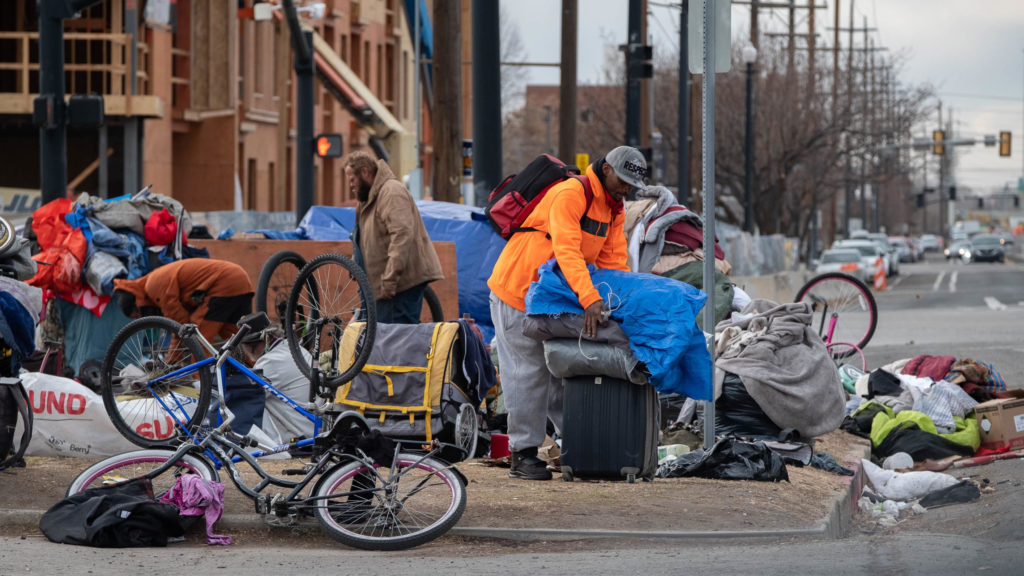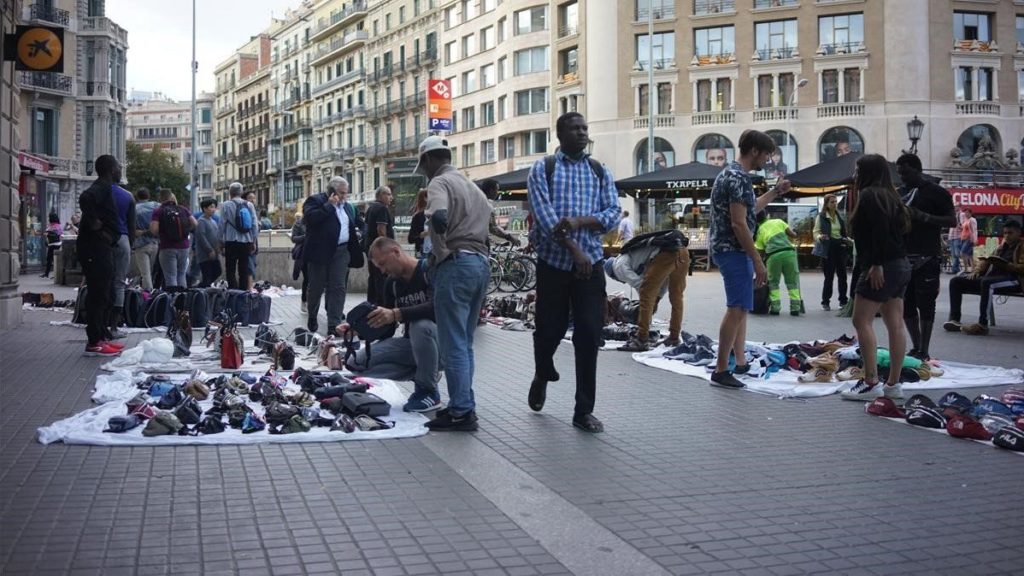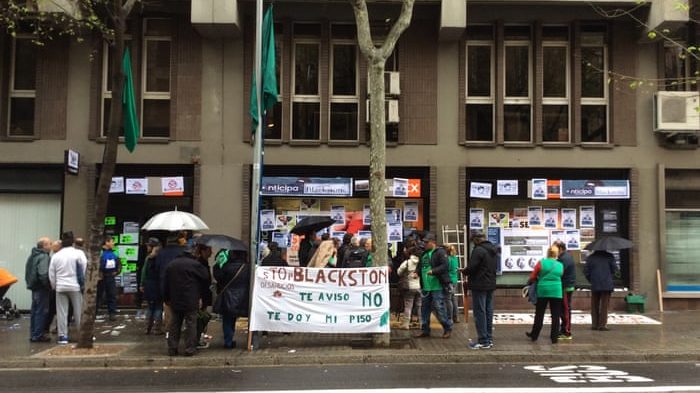Cities were traditionally conceived as realms of liberty. As the old German saying goes, “the city air sets you free”. But while immigration and ethnic diversity played an important role in the early stages of urban studies, viewing the immigrants and refugees through the city lens has gained new momentum in recent years. Through the practices of access control, street checks on migrants in the streets, and specific regulations on the use of public space, the existence of internal borders (both social and physical) in contemporary cities has been revealed. On the other hand, the role of sanctuary cities, as safe and inclusive spaces for migrants, has gained salience in the United States since the 2015 crisis, moving thus away from the conventional idea of cities as hostile environments. Recent research on migration and the city has made special emphasis on the “right to the city” framework, redefined by David Harvey as the individual liberty to access the urban resources and the ability to exercise collective power in order to guide and/or reshape the urban process. As a side effect, urban migrants’ activism has also gained prominence, often interpreted under the banner of the politics of presence, which conceives of the city as a conflictive ensemble of claims and struggles for the use of urban spaces. The mobilizations of the sin papeles (irregular migrants), the claims related to affordable housing, the role of squares and parks as political stages for refugees and evicted families (like the Anti-Eviction Platform PAH in Spain), or the use of public space by street vendors (manteros), they all are contests for the recognition of political and social rights. Tourists, a characteristic figure of our modern hyper-mobile societies, have similarly become pervasive but often ignored agents of urban change. Their consumption of leisure is also a consumption of space and limited urban resources, whereas the burdens caused by their presence and their economic return to the city are unevenly distributed. Together with vagrants, nomads, and floating population in general, they are but one type of “urban outsiders” in the generalized contest for the city and the related phenomenons of urban sprawling, segregation, gentrification and touristization


